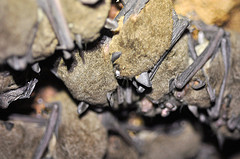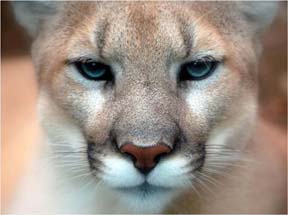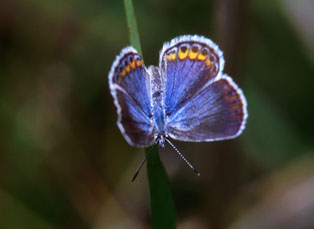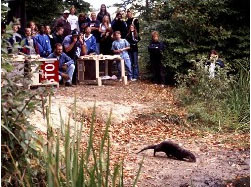 The California Department of Fish and Game (DFG) announced last week that it had sued the United States Army Corps of Engineers (Corps).
The California Department of Fish and Game (DFG) announced last week that it had sued the United States Army Corps of Engineers (Corps).
DFG claimed in its lawsuit that the Corps failed to comply with the federal Endangered Species Act, National Environmental Policy Act, and federal Administrative Procedure Act when it adopted a national policy requiring the removal of virtually all trees and shrubs on federal levees. The Corps developed its national levee vegetation removal policy in the wake of Hurricane Katrina.
The department says that the levees provide the last available riparian habitat for several endangered species including Chinook salmon, Central Valley steelhead, Valley elderberry longhorn beetle, riparian brush rabbit, Western yellow-billed cuckoo and Swainson’s hawk.
Read the California Department of Fish and Game press release here.
Local media has not added anything to the story so far. Try this piece from Fox40 TV Sacremento.
Photo: Riparian brush rabbit, by Lee Eastman, courtesy US Fish and Wildlife Service

 The
The  A
A  Maine and Minnesota both have citizen science butterfly projects.
Maine and Minnesota both have citizen science butterfly projects. From 1995 to 2001, New York State relocated river otters to the central and western parts of the state, where the species was believed to be extirpated. The recent retrieval of a car-killed river otter was not entirely bad news for the program. A microchip implanted at the time of release indicated it had been released in 2000, making it 12 years old. That’s four years older than the average wild river otter.
From 1995 to 2001, New York State relocated river otters to the central and western parts of the state, where the species was believed to be extirpated. The recent retrieval of a car-killed river otter was not entirely bad news for the program. A microchip implanted at the time of release indicated it had been released in 2000, making it 12 years old. That’s four years older than the average wild river otter.